Yıl: 2022 | Cilt: 25 | Sayı: 95 | Sayfa: 42-46
Özet
İmplant destekli protez seçeneklerinden olan hibrit protezler doğru vaka seçimlerinde hem fonksiyonel hem de estetik üstünlüklere sahiptir. Atrofik çenelerde ise implant üzeri overdenture seçenekleri uzun yıllardır total protez kullanan hastaların konforuna katkı sağlamaktadır. Bu vaka sunumunda, maksillaya yerleştirilen sekiz implant (Mode Rapid) üzerine hibrit protez uygulanmıştır. Atrofik mandibulada ise anterior bölgeye uygulanan iki implant (Mode Level) üzerine topuz dayanak destekli protez seçeneğinden faydalanılmıştır. Uzun yıllardır total dişsizliği olan hasta, her iki protez seçeneği uygulanarak fonksiyon ve estetik açıdan değerlendirmeye alınmıştır. Vaka takibiyle radyografik ve klinik bulgular kaydedilmiştir.
Anahtar Kelimeler
Hibrit Protez, Total Dişsizlik, Multiunit, Topuz Dayanak, Vidalı Protez.Abstract
Hybrid prostheses, which are among the implant supported prosthesis options, have both functional and aesthetic advantages in choosing the right case. In atrophic jaws, on the other hand, overdenture options on implants contribute to the comfort of patients who have been using total prostheses for many years. In this case report, a hybrid prosthesis was applied on eight implants (Mode Rapid) placed in the maxilla. In the atrophic mandible, ball abudment prosthesis option was used on two implants (Mode Level) applied to the anterior. The patient, who has had total edentulism for many years, was evaluated in terms of function and aesthetics by applying both prosthesis options. Radiographic and clinical findings were recorded with case follow-up.
Keywords
Hybrid Prosthesis, Total Edentulism, Multi-Unit, Ball Abutment, Screwed ProsthesisReferanslar | References
1. Aparicio C, Perales P, Rangert B: Tilted implants as an alternative to maxillary sinus grafting: a clinical, radiologic, and periotest study. Clin Implant Dent Relat Res 2001, 3: 39-49.
2. Ceruti P, Bryant SR, Lee JH, MacEntee MI: Magnet-Retained Implant-Supported Overdentures: Review and 1-Year Clinical Report. J Can Dent Assoc 2010, 76: a52
3. Drago CJ, del Castillo RA: Treatment of edentulous and partially edantulous patients with CAD/CAM titanium frameworks: a pilot case study. PractProced AesthetDent 2006, 18: 665-671.
4. Herrmann I, Lekholm U, Holm S, Kultje C: Evaluation of patient and implant characteristics as potensial prognostic factors for oral implant failures. International Journal of Oral Maxillofacial Implants 2005,20:220-30.
5. Kleis WK, Kämmerer PW, Hartmann S, AlNawas B, Wagner W: A Comparison of Three Different Attachment Systems for Mandibular Two-Implant Overdentures: One-Year Report. Clin Implant Dent Relat Res 2010, 12(3): 209-18
6. Kuoppala R, Näpänkangas R, Raustia A: Outcome of implant-supported overdenture treatment--a survey of 58 patients. Gerodontology 2012 Jun, 29: e577-84
7. Lewis S, Sharma A, Nishimura R: Treatment of edentulous maxillae with osseointegrated implants. J Prosthet Dent 1992, 68: 503-508.
8. O Geckili et al. Is clinical experience important for obtaining the primary stability of dental implants with aggressive threads? An ex vivo study. Med Oral Patol Cir Bucal 2019, Mar 1;24(2):e254-9.
9. Sadowsky SJ: The implant-supported prosthesis for the edentulous arch: Design considerations. J Prosthet Dent 1997, 78: 28-33.
